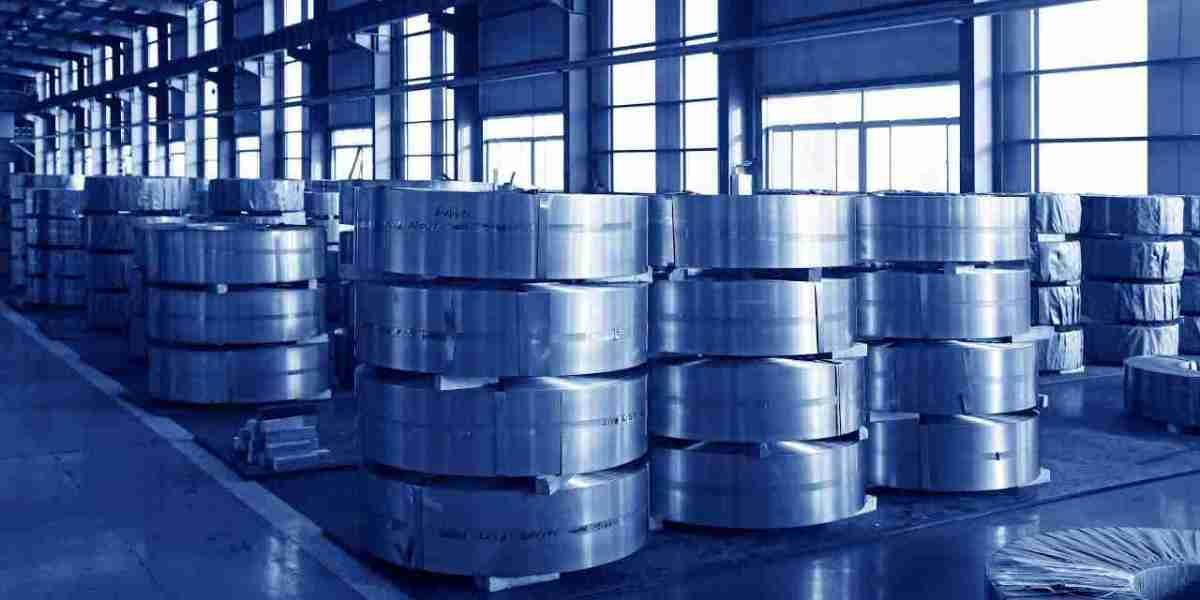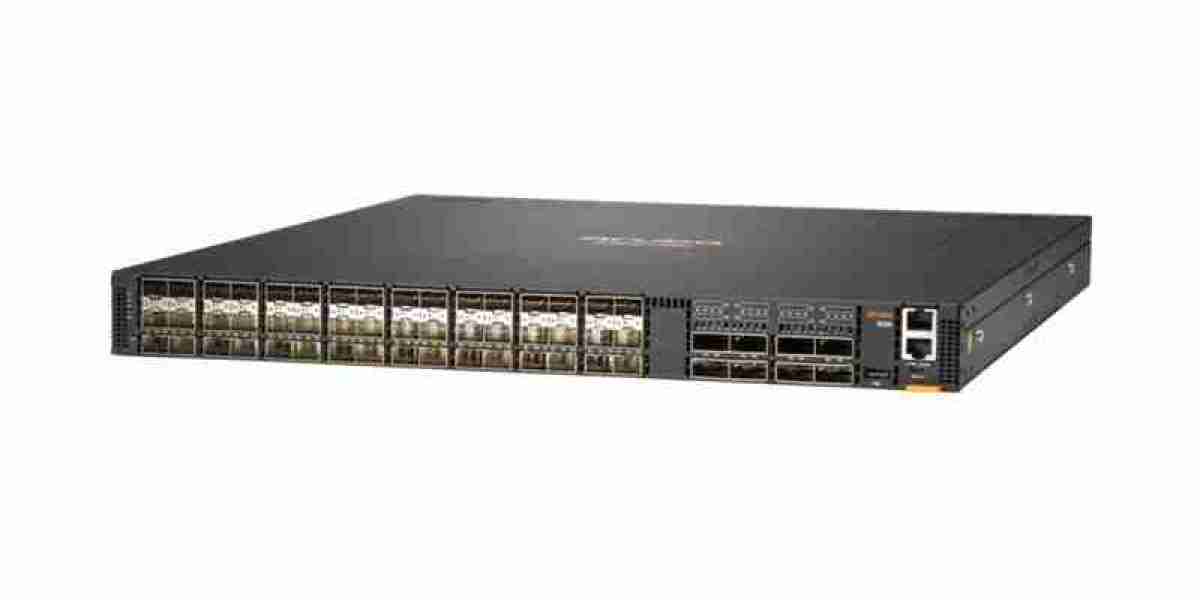The steel industry is undergoing a major transformation as sustainability becomes a top priority for consumers and businesses. With the rise of green steel—produced using low-carbon processes—consumer habits are evolving toward environmentally responsible choices. This shift is driven by increasing awareness of climate change, regulatory pressures, and corporate commitments to sustainability.
This article explores the key consumer habits shaping the green steel market, the factors influencing purchasing decisions, and the role of industries in adopting eco-friendly steel solutions.
1. Rising Awareness of Sustainable Steel
Consumers are becoming more informed about the environmental impact of traditional steel production, which is one of the largest contributors to global carbon emissions. As a result, industries and individual buyers are increasingly favoring green steel alternatives. Social responsibility campaigns, sustainability reports, and media coverage have contributed to this awareness, influencing purchase behavior across multiple sectors.
2. Demand for Low-Carbon and Recycled Steel
A significant trend among green steel consumers is the preference for steel made with renewable energy and hydrogen-based production rather than coal-based methods. Additionally, recycled steel is gaining traction due to its lower carbon footprint. Companies that integrate these materials into their supply chains tend to attract eco-conscious consumers, particularly in industries like construction, automotive, and infrastructure.
3. Corporate Sustainability Initiatives
Large corporations, especially in automotive, manufacturing, and construction industries, are driving demand for green steel. Companies such as Tesla, BMW, and Volvo have announced commitments to using low-carbon steel in their vehicles. Similarly, leading construction firms are prioritizing sustainable building materials to meet net-zero emissions goals. This shift encourages steel producers to adapt and cater to changing consumer expectations.
4. Government Regulations and Incentives
Governments worldwide are implementing carbon pricing policies, emission reduction targets, and green procurement programs that favor low-emission steel production. In regions like the EU and North America, regulations such as the Carbon Border Adjustment Mechanism (CBAM) and tax incentives for green energy encourage businesses to transition toward sustainable steel solutions. These policies influence consumer choices by making green steel more financially viable.
5. Willingness to Pay a Premium for Sustainability
Although green steel is currently more expensive than conventional steel, a growing segment of consumers and businesses are willing to pay a premium for sustainable options. According to market research, industries with strong ESG (Environmental, Social, and Governance) commitments prefer suppliers that align with their sustainability goals. The demand for carbon-neutral products is expected to drive down costs as technology advances and production scales up.
6. Green Steel in End-User Industries
- Automotive Sector: Many automakers are shifting to green steel to reduce vehicle lifecycle emissions.
- Construction Industry: Developers and builders are prioritizing eco-friendly materials for sustainable buildings.
- Consumer Goods & Packaging: Companies are exploring low-carbon steel packaging for recyclability and sustainability.
7. Challenges and Future Outlook
While consumer habits are shifting toward sustainable steel, challenges such as high production costs, limited availability, and technological advancements remain. However, as innovations in hydrogen-based steelmaking and renewable energy adoption progress, the cost of green steel is expected to decline, making it more accessible to a wider market.
Conclusion
The green steel market is witnessing a fundamental shift in consumer habits, with industries and individuals prioritizing sustainability and low-carbon materials. Increased awareness, corporate commitments, and government regulations are driving this transformation. As the market expands, green steel will become a standard choice for eco-conscious consumers and businesses, leading to a more sustainable future for the steel industry.



